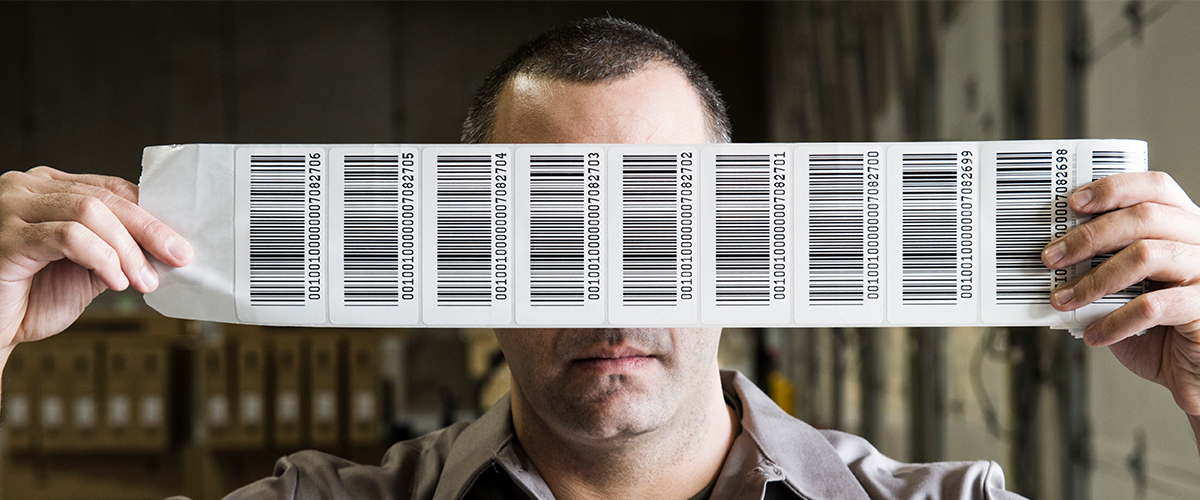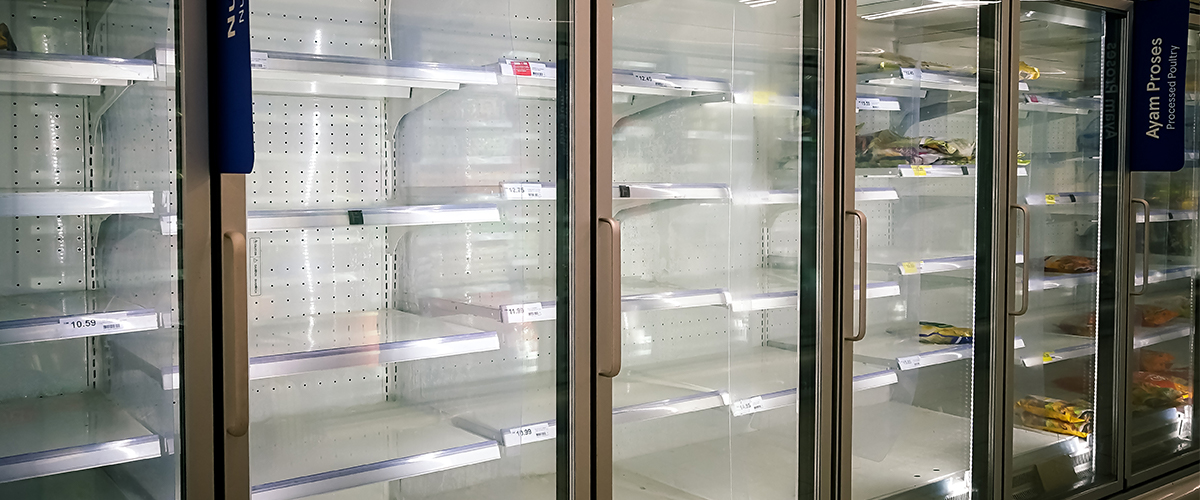What Exactly Is Fish Farming Or Sustainable Aquaculture
Rearing fish or aquaculture is a reasonably complicated business, and it requires significant work to keep it all going. The two things you’ll need to run a successful fish farm are dedication and reliable knowledge. Aquafarming is not a business for everyone and certainly not for people who know nothing about the biology of fish. Fish farming or sustainable aquaculture has been popular outside of North America for a long time. Still, more and more people in the US are becoming interested in aquaculture partly because of commercial fishing decline and a desire for clean produce. Fish farming can be small or large, though the former is considered more of a hobby than a business.

Unfortunately, Our ocean marine life is becoming depleted severely because of overfishing. Hence, the business of fish farming is booming. Fish farming or aquaculture is the practice of nurturing fish in a controlled or semi-controlled environment for commercial purposes. You can operate a fish farm on a small or large scale. Essentially you buy younglings, raise them to maturity and sell them in the open market. Fish farming is suited to rural areas because of the space required for the ponds and the dedicated source of clean water. But there is a lot more to fish farming than just raising fish.
Some light reading
- Study.com: Aquaculture
- Masters Portal
- University Of RI: Aquaculture
- The Fish Site
- Global Aquaculture Alliance
- Masters Studies; Aquaculture
Get Experience In The Fish Farming Business
If you want to gain the best knowledge about fish farming, we highly recommend visiting or preferably working for a fish farm to acquire practical experience. You will best obtain any critical knowledge about fish farming from experienced fish farmers, such as spotting a sick fish or purchasing healthy juveniles.
Start Small – Fish Farming At Home
The first recommendation for those who want to enter the fish farming business is to start small – all you need is a pond and fingerlings. Once you have mastered the technique and knowledge, you too can operate a large-scale fish farm.

Benefits Of A Fish Farm
- Provide an invaluable food source
- Employs workers in many sectors of the community
- You have a steady income
What Are The Negatives Of Aquaculture?
- Need for high capital to start
- Must have solid knowledge about the industry
- Competition from commercial operators catching thousands of fish that are cheaper than those nurtured in fish farms
- The need to work hard and long hours
- Environmental disasters can ruin your business (e.g., flooding, hurricanes)

My Fish Farm Location
A fish farm is probably impossible in the back of a home in the inner city because space is limited. In general, a fish farm is best operated outside the city limits because you may want to expand the business in the future. You have the option of starting from scratch or buying an existing business. The latter has many advantages, but it can be costly to purchase depending on the size.
There are many styles and sizes of fish tanks and ponds, and you need to visit other fish farms to determine which type you prefer. Start with a small-scale project using a decent-sized plastic-lined tank if you cannot afford a commercial pond. The pond has to be large enough so that the fish can swim; if you attempt fish farming in too small a tank, you will stunt the growth of your fish; consequently, your home backyard fish farm will probably never thrive as a business.
Backyard Fish Farm
If you are a novice but want to learn the art of fish farming, you can start in your backyard. Fish can be nurtured in a small plastic-lined tank, container, or even a bucket. But this should be considered a hobby, and because the scale is small, it is unlikely to be profitable. Fish can take several years to mature into adulthood. Ensuring clean running water free of chemicals, the correct pH, and so forth can be a significant undertaking in your backyard. Hence, even if you want to start small, the home backyard is not the right place. Besides, many zoning laws will not allow you to operate a fish farm of any size in your backyard. Plus, your neighbors may not like the odor generated.
Indoor Fish Farming
- It’s possible if you reside in areas where it is too hot or too cold for fish to survive.
- It is in high demand.
- You’ll need a space similar in size to an indoor swimming pool
- You can protect fish from predators and environmental issues
Pros:
- Fish produced faster and healthier
- Environmentally friendly
- Reduces mixture of fresh and wildlife fish
- Flexibility in rearing
Cons
- Utility bills can be enormous
- Startup costs are very high

Aquaculture Business Plan
If you are considering a fish farming business, you’ll first need to develop a business plan to gain insight into the business. The business plan should contain the following:
- Where is a good location for my fish farm
- Is there a good water source nearby
- Which type of fish will I nurture?
- What is the size of my pond?
- How many ponds will I need?
- What are the startup costs for a fish farm?
- Is fish farming profitable?
- Where will I sell my fish?
- How will I market my fish farm?
- Where will I gain knowledge about fish farming?
Here are some valuable links
Fish Farm Business Incorporation
Check out these few companies that can assist you in getting your LLC started.
Here are a few government links you might want to visit
IRS Website
This site by the IRS is a must-see when beginning your LLC
Funding My Sustainable Aquaculture Project
To acquire funding for your fish farm, you must have a solid business plan that all potential lenders want to see. You will also need to have an excellent credit rating and a hefty down payment.
How Much Does A Fish Farmer Make Each Year?
Your profit margins will depend on the size of the farm and the type of fish produced. While exact income numbers are hard to know, some reports indicate that a fish farmer may make anywhere from $50K-100K a year.

How Much Does It Cost To Start A Fish Farming Business?
The amount of capital required depends on the size of your project. But even for a small business, the costs are not minuscule. You will need the following to start the business:
- Land
- Creation of pond
- Pumps
- Inventory
- Fish food and supplements
- Nets
- Utilities
- Employee salaries
- Permits and licenses
- Marketing
- Truck
- Storage for Fish
At a minimum, you will need at least $50K to get the business going for a small pond, assuming the land lease is not very expensive.

Marketing My Farm
Because fish mature rapidly, you’ll need to have a reliable market to sell your produce. You want to trade healthy adult fish as soon as they are mature, so advanced marketing is necessary.
To ensure that you have buyers for your fish, you’ll need to build a website. Also, it would help if you communicated with local stores about your fish farming business or passed flyers out to stores in your local community. Once the public knows of your business, they will come to you.
Build Your Own Aquaculture Website
Your restaurant domain name protects your website address on the internet. You can register a domain name with any hosting company you choose.
Some of the common domain registrars include:
Here is a list of some options for building a regular website.
Here is a list of drag-and-drop page builders for WordPress.
- Beaver Builder
- Elementor
- Divi
- Hubspot
- Themify Builder
- Visual Composer
- Seedprod
- Thrive Architect
- Site Origin
Selling The Fish
Consumption of fish is a vast multibillion-dollar business. It is well established that fish are a good source of many vitamins, minerals, and omega-three fatty acids. In many communities, people might eat fish at least 2-3 times a week. Also, millions of people regularly consume fish supplements. Plus, many people are now abandoning the consumption of red meat and seeking alternatives like fish.
The demand for fish has grown exponentially, which is one reason why fish farms have started to crop up in many places. You can sell your fish to nearby hotels, restaurants, households, and small size grocery stores. When done the right way, fish farming is very lucrative, even when starting small.
Pond Design – Factors To Consider
The design of the pond is crucial if you are going to have a productive fish farm. Plus, your plan will depend on the species you will nurture.
How Many Fish In A Pond?
In general, in a half-acre, you may get about 3000 pounds of fish every year. The average profit per acre of the pond will vary from $10,000-$20,000 a year.
Your Land – Sustainable Fish Farming
To start your fish farming business, you’ll need to select a decent piece of land with good soil near a water source. You may need to purchase or lease the land if you do not have your own land. The land has to be large enough to create your first ponds with space to spare because you may want to expand in the future.
Soil Features
When buying land for your fish farm, you’ll also need to evaluate the soil quality. The reason is that the adjacent soil quality will directly affect the quantity and quality of your fish. You’ll want to have an expert test the earth to ensure that at least 20% is clay. The soil should be fine, granular, and not have many stones or rocks.

Slope Of The Property
When you are considering purchasing land, you need to make sure that it is flat. Land that is at the bottom of a hill or on a slope may be prone to flooding. Plus, the earth from adjacent areas will spill into your pond.
Water Supply
You must have a constant clean water supply when nurturing and rearing fish. Clean water is the Achilles heel of the fish farm business. If your water source is unreliable or contaminated, the quality of your product will be low, and your production will be deficient. When you search for land for your fish farm, it should preferably be near a lake, river, stream, or well. The water must be tested for chemicals and pollutants- because fish do not tolerate toxins very well. The water should be free of heavy metals, pesticides, and insecticides; you’ll need to test it regularly because constant changes to conditions occur in the ecosystem.
Pond Size
The pond’s dimensions can vary according to the number of fish, but the depth should be at least 2-3 feet. Studies show that fish productivity is highest when the pond is between 20-30 inches.
Water Inflow & Outflow
Your pond will need constant filtering and steady inflow and outflow at a reasonable rate. If the influx is too fast, it can cause flooding, and if the discharge is too rapid, you will flush out algae favorable to the fish. If the outflow is too slow, this will lead to old water retention, and the depleted oxygen will prevent your fish from maturing. If you want to regulate the inflow and outflow rate, the land should have a mild slope of about 0.8 inches for every 30 yards.
You must continuously monitor the water levels to ensure good outflow, inflow, oxygen, and pH.
Screens
Unfortunately, fish have many predators, so you must strategically place screens to ward off predators during the pond’s construction. Besides, the inlet and outlet to the pond need to be covered to keep away insects, dust, and other debris.
Pond Spacing
It is essential to leave enough space between each pond so that you can maneuver machinery or other equipment to harvest the fish. The paths should be wide to allow feeder roads and people to walk without falling into the pond.
Pond Sanitation
To control parasites and diseases, you need to keep your ponds clean. Always remove any large debris and make sure the water cycles regularly. If your fish appear sick, then seek guidance from an aquaculture professional for the proper treatment.
Transportation
If you want to make a healthy profit, you’ll need to sell your fish to a nearby store or wholesaler quickly. If you have to transport your produce a long distance, you will need a truck and a cooling system and plenty of ice to preserve the fish. Fish can rot and smell bad very quickly once out of the water.
Requirements For Different Species
- Tilapia is a freshwater fish that is relatively easy to maintain. It has a rapid growth cycle but does require warm water. Tilapia generally sexually mature every 24 months. They are easy to feed with unicellular algae, phytoplankton, and zooplankton. Tilapia is an ideal fish if you reside near warm waters as it is relatively easy to rear. Plus, the pond must have adequate sunlight to facilitate algae growth. When raising tilapia, you need to monitor the growth regularly. The reason is that this species can grow very fast, and the pond can quickly become overpopulated, resulting in competition for food. Lack of feed can cause stunted growth in your population. You may need to control the population of tilapia by manual sexing or the use of predators. Another option is having only five fingerlings in the pond in every square squared square. Tilapia is a much sought-after fish in the community.
- Catfish are one of the easiest species to maintain and can be raised in any size pond. Plus, there is a significant demand for catfish in the retail market. There are many species of catfish, and they all do pretty well. Catfish take about 21 months to grow to adulthood and are not fussy eaters. They will readily eat soybeans and rice, which are readily available all year round. Catfish prefer warm waters with temperatures between 28-30C; the pH of the pond should be between 6.5-8.5. The health of catfish needs regular monitoring, and all ill catfish should be quick;y removed from the pond. Catfish farming is excellent for those looking for a quick investment return.
Here are some livestock supply companies you can find online
Buying Fish For Your Farm
It is essential to buy fingerlings (young fish that are the size of a finger). These juvenile fish are about 3-4 months of age; the fingerling phase will last 9-12 months. You must buy healthy fingerlings from a reputable buyer. Unfortunately, some fish hatcheries will sell you sick younglings, which can be a disaster for your farm.

The Fingerlings
Most experts suggest starting with fingerlings obtained from a reputable seller. Male fingerlings tend to grow faster than females and tend to have better growth. Fingerlings will usually reach maturity at about 7-9 months. Simultaneously, you need a few adult fish to produce fingerlings so that your fish crop is continuously well-stocked.
Fish Farming – Feeding
Once you have selected suitable species, you’ll need to know how and what to feed them. For fish to thrive, they need constant feeding. You will need to buy supplements to increase your growth and productivity. However, at all times, you do need to keep the fish population in check to ensure that there is no competition for food.
Tilapia love to feed on algae, water insects, and synthetic fish feed. You can also purchase maize, soy, rice, and vegetable pellets. If the fish like algae, you can promote algae’s growth by adding fertilizer or chicken droppings.
Feeding is best performed in the early morning hours and mid-afternoon. Do not feed fish all day long. You should remove any uneaten food as it can be toxic to the fish.
When buying supplements, you need to read the label to ensure it is suitable for nurturing fish. Different fish require different supplements.
Which Species Of Fish Should You Produce?
The most challenging decision when opening a fish farm is knowing which species of fish to work with. There are dozens and dozens of species. No matter which fish you select, you’ll need to know everything about it. Some are easier to nurture, and others can be complicated. Each species has its own growth requirements. Plus, it depends on your region. In the Pacific NW, trout fish farms are typical. Salmon is a popular option on the east coast in Maine. Because fish farming is an expensive business venture, you must make an appropriate determination ahead of time. Plus, depending on the region you live in, some fish types may not be a viable option. Some of the typical fish farms include the following:
- Catfish- most common farmed fish
- Eel- second most common farmed fish
- Salmon
- Halibut
- Cod
- Tilapia
- Tuna
- Lobsters, shrimps
Fish Farming – Harvesting
When your fish are grown to maturity, you’ll need to harvest them. You can do this either by using a net or draining the water. Knowing when to harvest the fish depends on their growth stage and weight is essential. You should harvest the fish at the right time to get the maximum price for your fish and provide good quality to customers.
What Equipment Is Needed To Operate A Fish Farm?
Here are some equipment supply companies you might want to check out
- Fisheries Texas A & M
- Global Aquaculture Supply
- Trade-Seafood
- Sea Ax
- Thomas.net
- Pentair Aquatic Systems
Major Fish Farming Equipment
- Water Pump: pumping water in or outside the pond. The pump will ensure that there is always a constant water supply to the pond.
- Water testing equipment is vital to ensure that the water is healthy for fish to thrive.
- Nets for harvesting.
- Fish storage tanks are required to hold the fish for harvesting and storage
- Aeration equipment to ensure a good flow of oxygen within the pond
Other Fish Farming Equipment
- Plumbing supplies
- Pond
- Automatic fish feeder
- Dip nets
- Seine nets
- Handling equipment
- Grading equipment
- Water quality tester
- Dedicated generator
- Spade
- Basket
- Bucket
- Scale
- pH stripes
- Water sample bottle
- Soil sample bag
- Grid separators
- Tools for digging
- Measuring tape
- Thermometer
- Fish logbook
Conclusion
Fish farming is a specialized business, and even though there is little competition from other fish farmers, you will still have to compete with companies harvesting fish from oceans, lakes, and rivers. Fish farming requires substantial knowledge about fish and the environment; it is not a business recommended for novices. You need to know a lot about rearing fish to be successful. Fish farming can provide a good income for those with knowledge and expertise in marine life, but it does require hard work.










